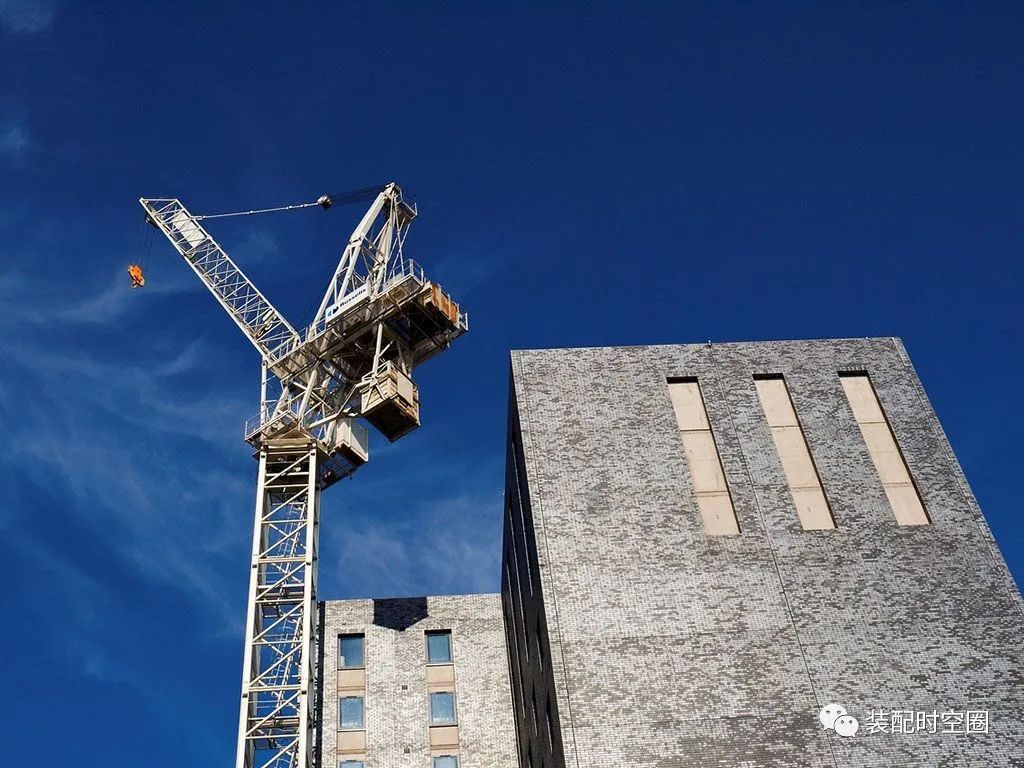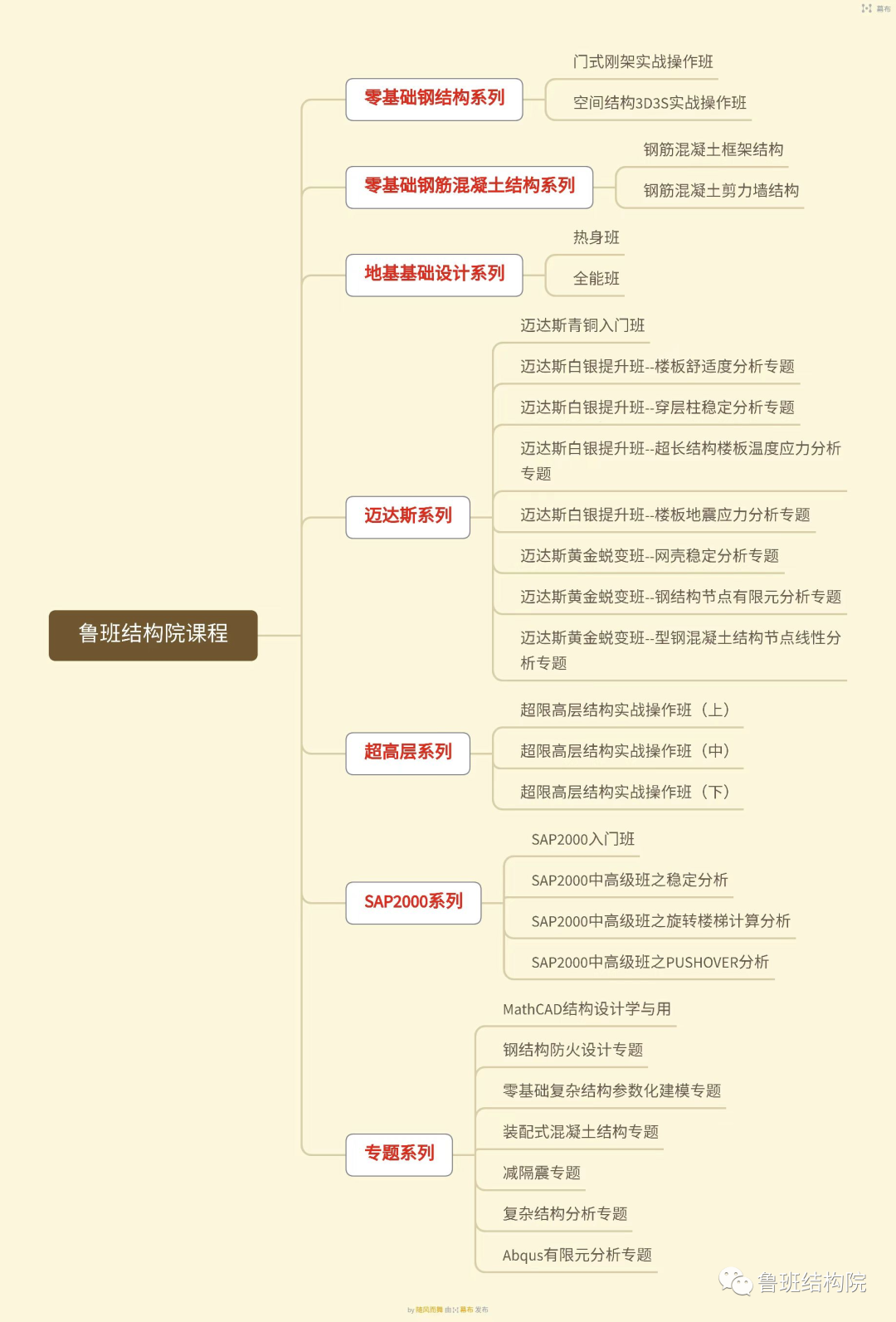Compared with the traditional construction mode, the prefabricated buildings have put forward higher requirements for the whole industry chain team, requiring scientific research, design, production, construction and other industry subjects to apply the industrialization concept and technology to guide project construction.
2、 Shanghai 1.
In terms of design, most of the projects are still designed in the traditional way, and then the secondary separation and deepening design are carried out, with random size and various types; As a result, the commonly used dimensions of prefabricated components and parts in the production process cannot be finalized and can only be customized.
At present, the most serious problem reflected by enterprises in various regions is that the low degree of standardization leads to low cost, and the comprehensive efficiency and benefit advantages are not obvious.
3.
Under the background of canceling the market access of prefabricated component manufacturers, the regional linkage and cross regional component quality supervision mode in Shanghai and its surrounding areas need to be improved, and the on-site supervision system needs to be further implemented.
In recent years, the gap between the key promotion regions and the encouraged promotion regions in terms of industrial scale, technical capacity and talent reserve has gradually widened.
Inadequate team capacity building.
In addition to the small number of prefabricated construction projects using EPC EPC, the applied project management level is also uneven.
The imbalance of development needs to be further improved.

Statistics show that in 2021, there will be about 15000 new prefabricated construction projects in China, including 1750 projects under the general contracting mode of BPC, accounting for only 11.6%.
First, the construction concept of some development enterprises needs to be updated, and the understanding of prefabricated buildings is not deep enough, even there is some resistance; Second, the level of assembly design is uneven, and some designers have the phenomenon of disassembling reconstituted parts and deepening the detailed design, ignoring the overall planning and scheme design of technology, focusing on the application of prefabricated concrete components, and focusing on the industrial application of light assembly parts, enclosure systems and interior decoration; Third, the component production level is different, and the proportion of automatic assembly line production in some production enterprises is low, which is not conducive to the improvement of the overall construction efficiency of the project.
2.
The prefabricated building is a systematic project, and its design, production, construction and other industrial chain links are mutually infiltrated and affected, which is suitable for effective integration by EPC project contracting.
Inadequate industrial chain coordination.
According to the preliminary assessment of the accreditation standard of local prefabricated buildings, Beijing requires slightly higher application ratio of non masonry interior partitions than the national standard; Tianjin, Guangdong, Shandong, Jiangsu, Jiangxi, Hainan, Ningxia, Xinjiang and other places have added new technology bonus items according to local conditions, highlighting the application of new technologies in standardized design, BIM, green construction and local construction.
In the field of prefabricated building design, the design and construction links are relatively separated, and the problem of design links being disconnected from the industrial chain has not been completely solved.
In terms of construction, the construction of concealed works of the project cannot be supervised in an all-round way, which depends to some extent on the management and control level of the construction enterprise itself.
Some prefabricated component manufacturers still have problems in the production process, such as incomplete concrete vibration, nonstandard stacking, inaccurate positioning of embedded parts, and even component damage, local cracks, and insufficient accuracy..
In addition, there are also problems such as lack of supervision on the production process of prefabricated components, poor on-site assembly, and frequent quality problems.

4.
1、 The development level of the Ministry of Housing and Urban Rural Development is uneven.
From the perspective of employees in the full caliber construction industry, the proportion of trained skilled workers in all real name workers is only 1.8%, and the lack of talent pool and capacity seriously affects the sustainable and healthy development of prefabricated buildings.
Some projects only formed a consortium when bidding, and there is still a lack of collaborative work in the actual implementation process.
The non synergy of the industrial chain has also resulted in the increase of costs and the reduction of efficiency.
The capacity building of each link of the industrial chain will become the key work of the next stage of the development of prefabricated buildings.
Taking Zhejiang Province, where prefabricated buildings are well developed, as an example, there are about 166 design units with prefabricated building design experience, accounting for only 22.5%, and about 1378 construction units with prefabricated building construction experience, accounting for only 10.1%.
According to incomplete statistics, in 2021, design units with experience in prefabricated building design will account for 12.9% of all design units, and the corresponding prefabricated building construction units will account for 9.2%.
2.
In order to pursue a higher proportion of prefabricated buildings, some regions have reduced the requirements for assembly rate, which to a certain extent restricts the development of technology and efficiency.
3.
There is a phenomenon that the characteristics of prefabricated buildings are not taken into account in the early scheme link, and the standardization degree of prefabricated buildings is not paid enough attention, which leads to difficulties in the later disassembly of prefabricated components, low repetition rate of prefabricated components The cost of molds and prefabricated components is too high, and the construction and management costs have increased significantly.
The degree of standardization is not high.
For key processes or key positions such as sleeve grouting connection and prefabricated component joint, the construction accuracy and detail control level of some projects need to be improved.
At the same time, the standards implemented by different regions vary greatly, resulting in uneven project levels.
At present, the transformation speed of the traditional talent team is not fast enough.
As a new construction method, the supervision should be further strengthened.
According to the calculation of steel structure enterprises, if the size of steel members can be solidified, the cost of steel structures will be directly saved by 15-20% if the steel plants directly mass produce section steel.
The status quo of industrial chain collaboration needs to be further improved.
The utilization rate of the production line is low and the mold amortization is large; It also caused that the installation efficiency of the construction link could not be improved, and the comprehensive cost could not come down.
Assembled buildings put forward higher requirements for the organization and supervision of engineering construction, especially in the production and construction of prefabricated components.



